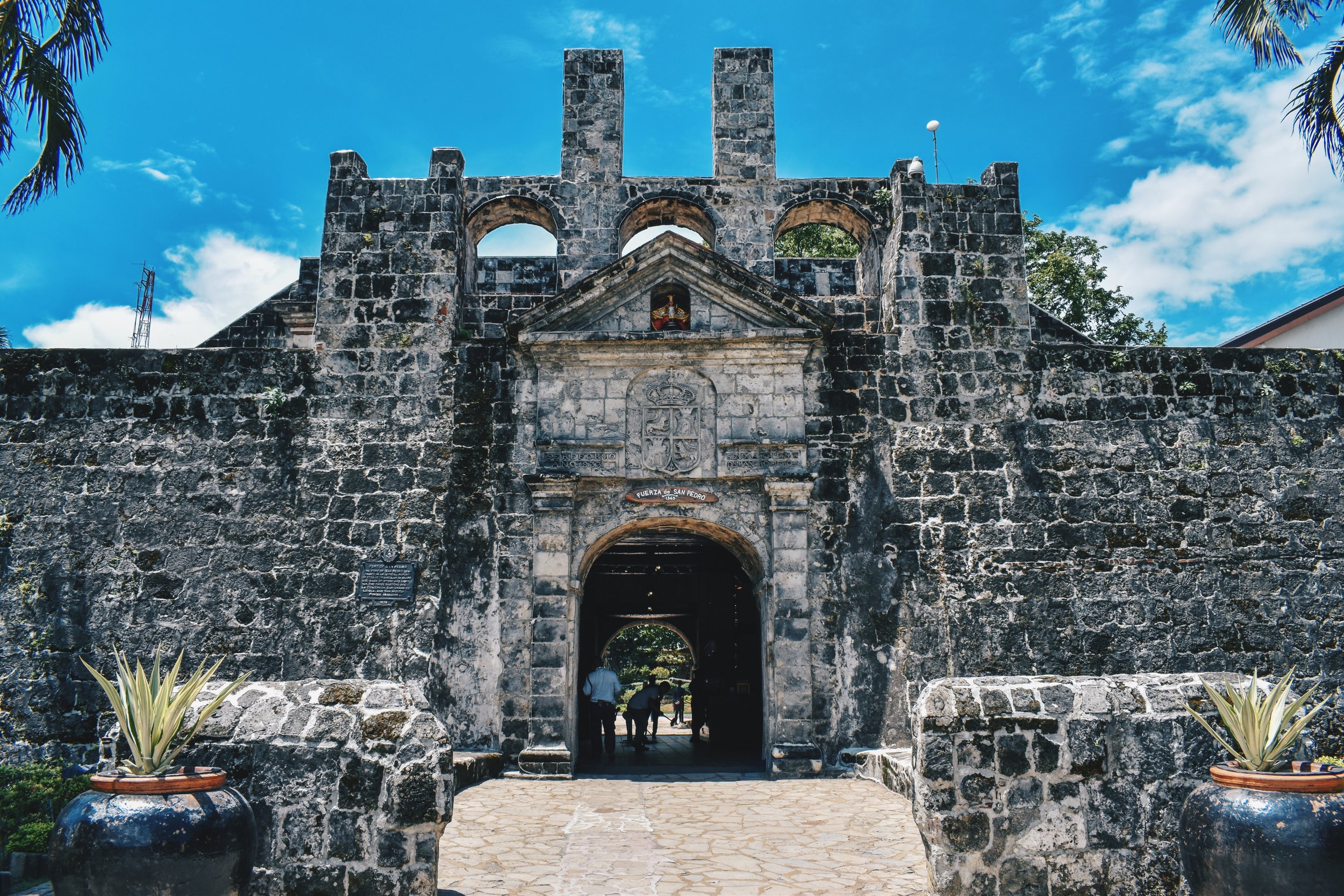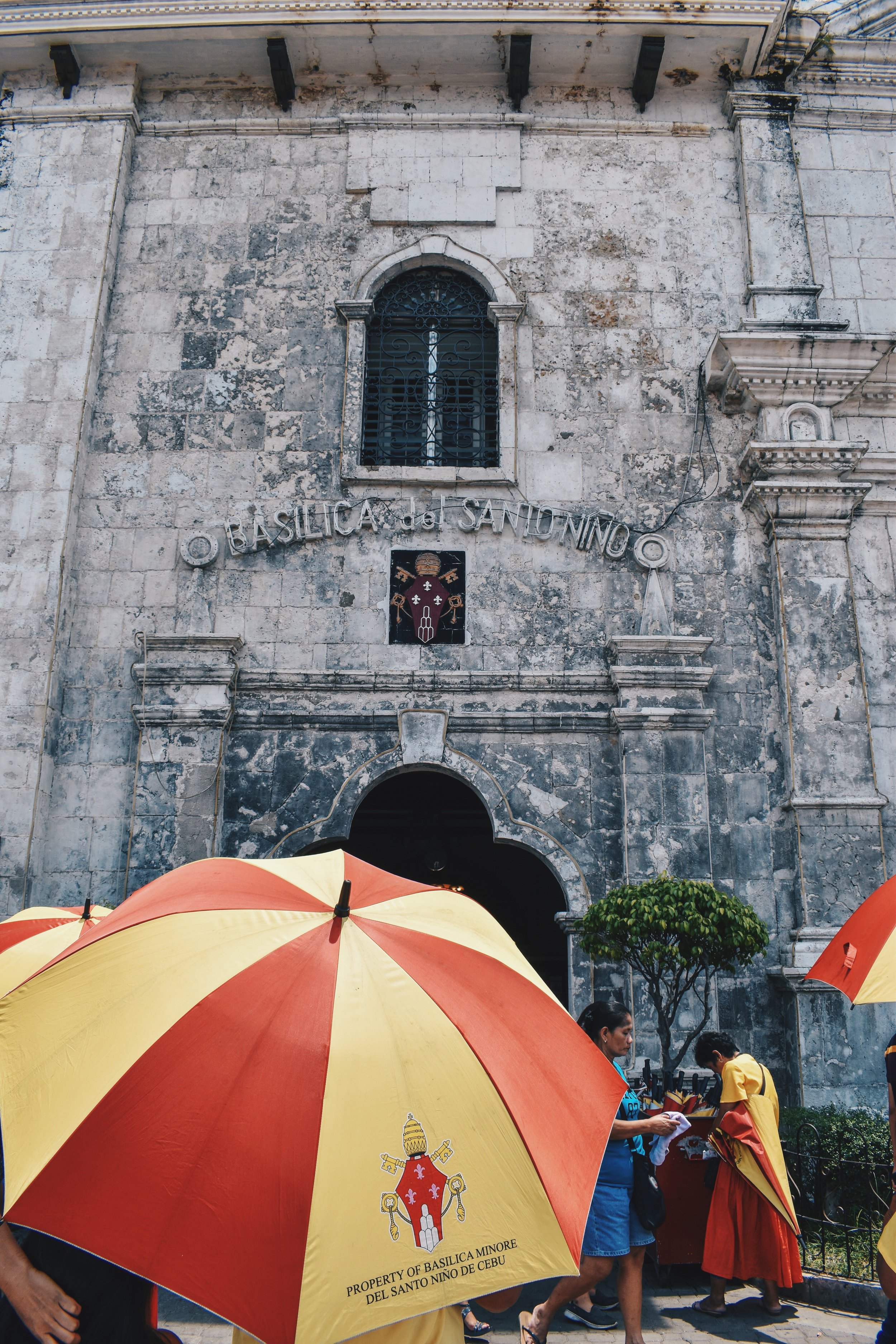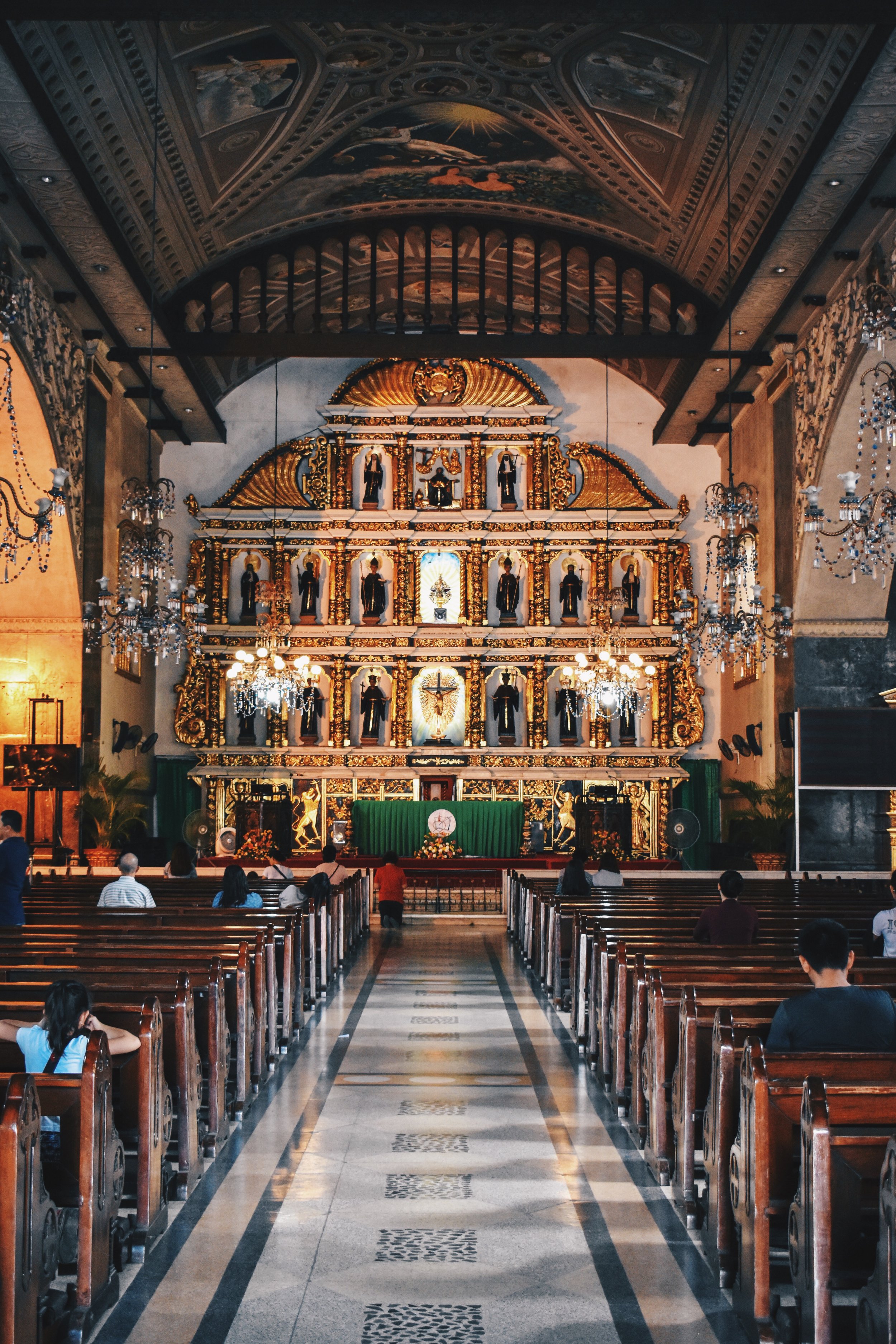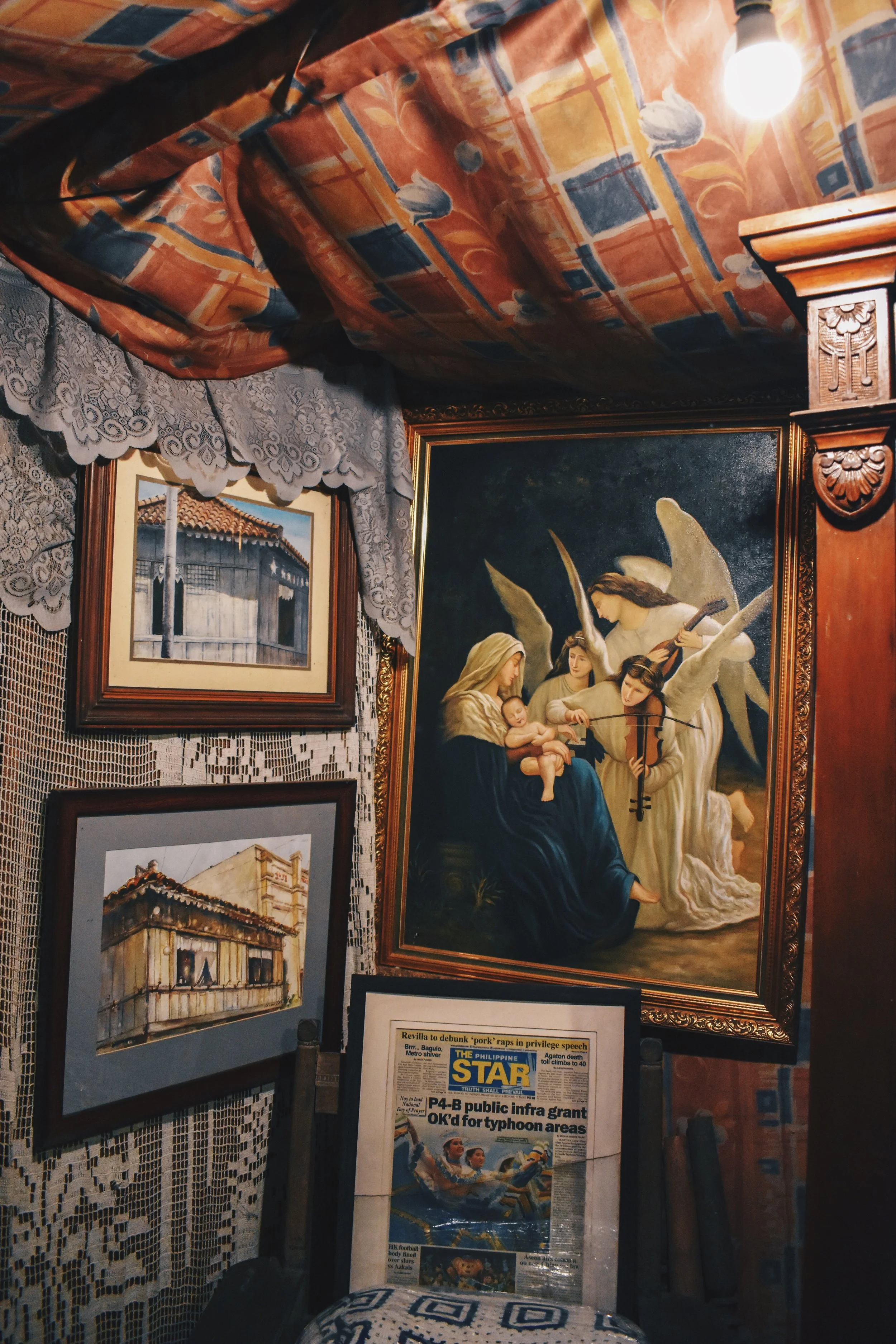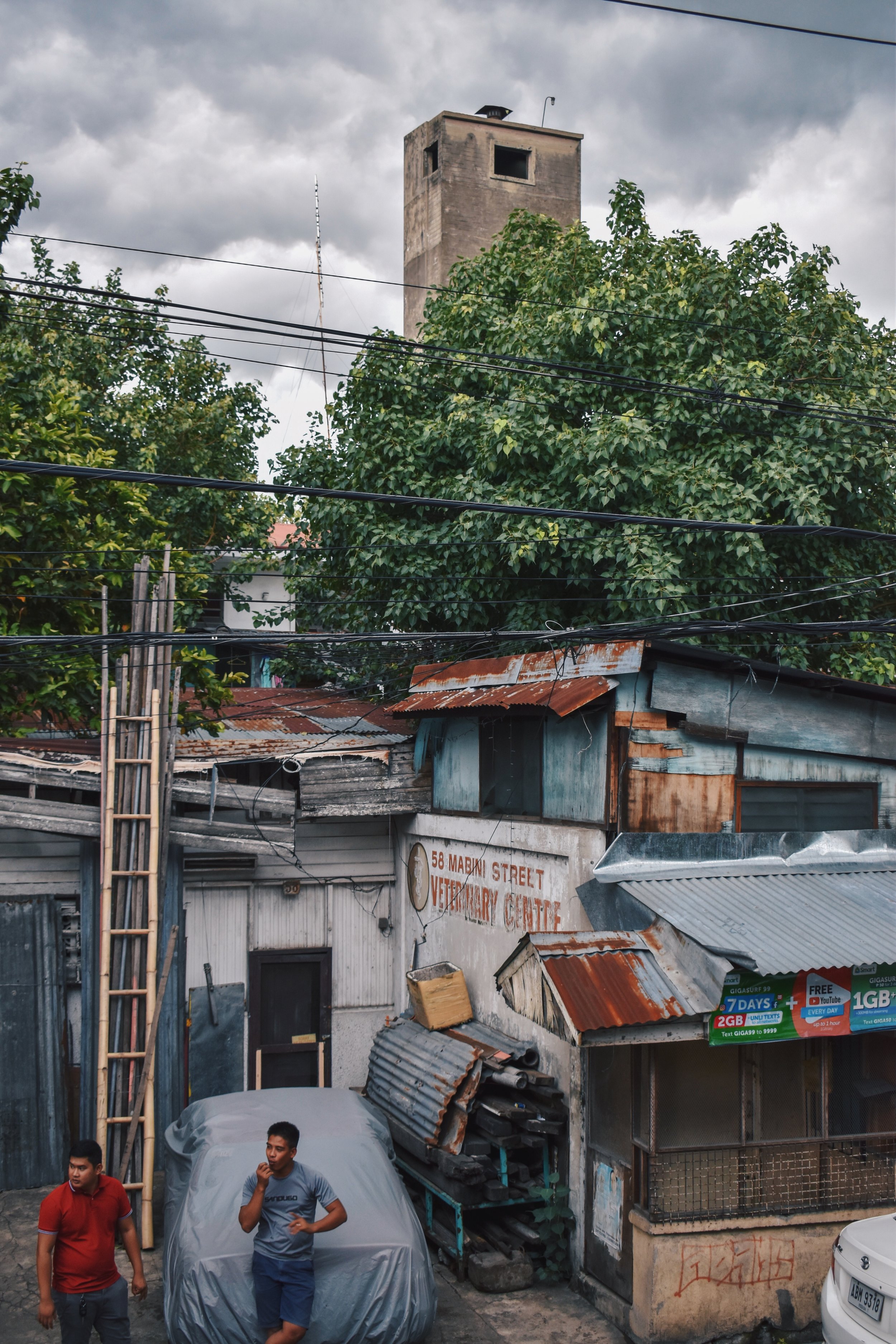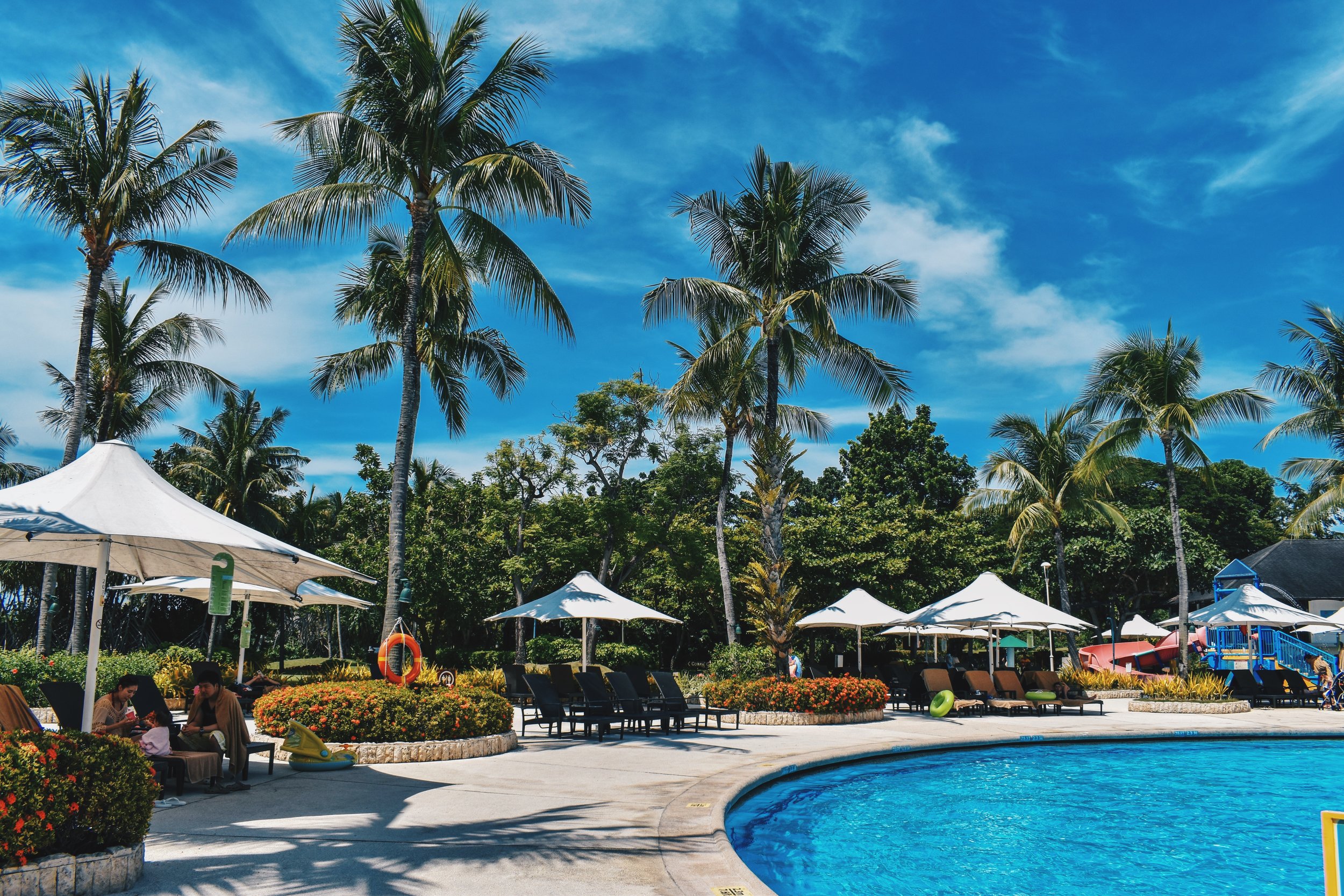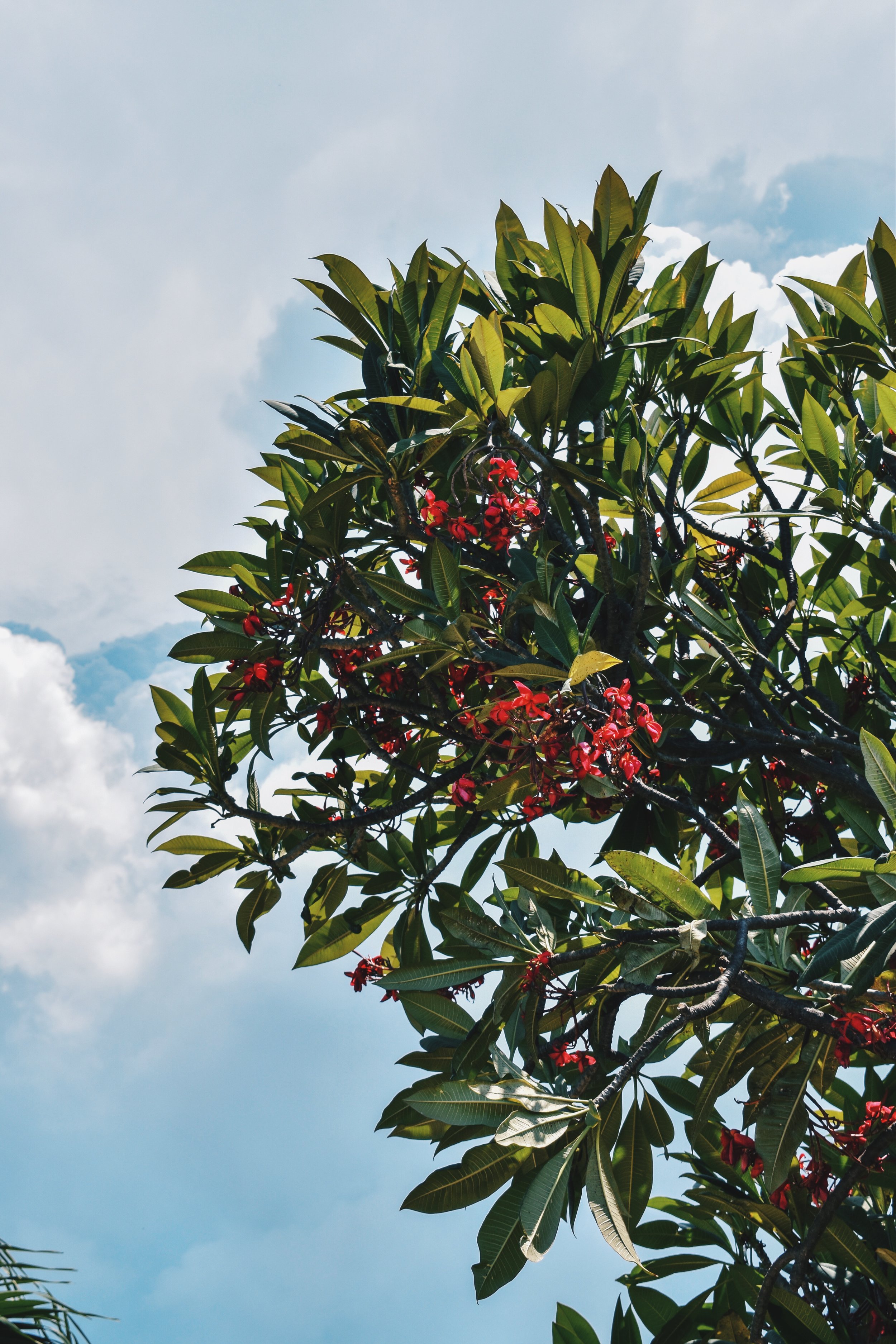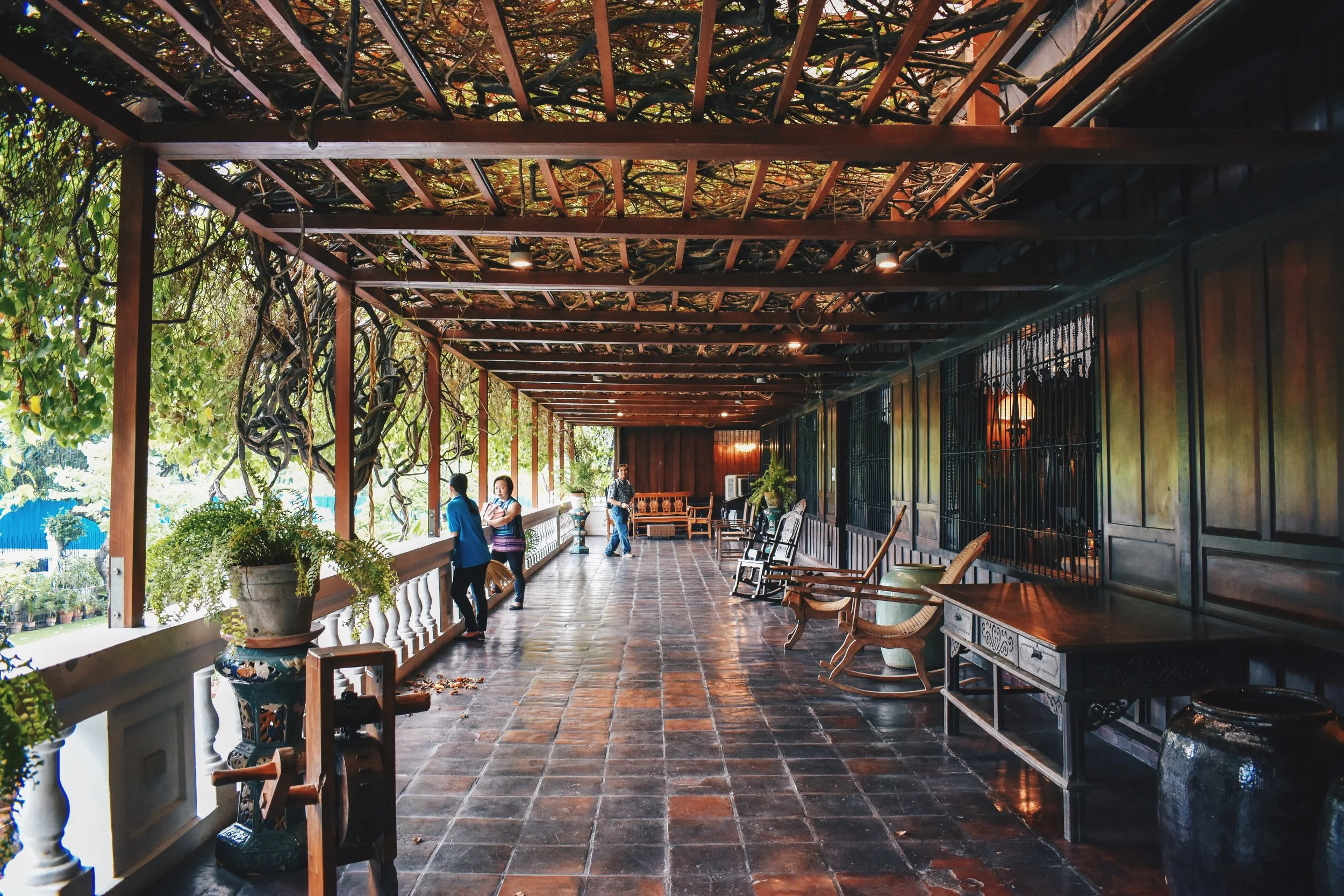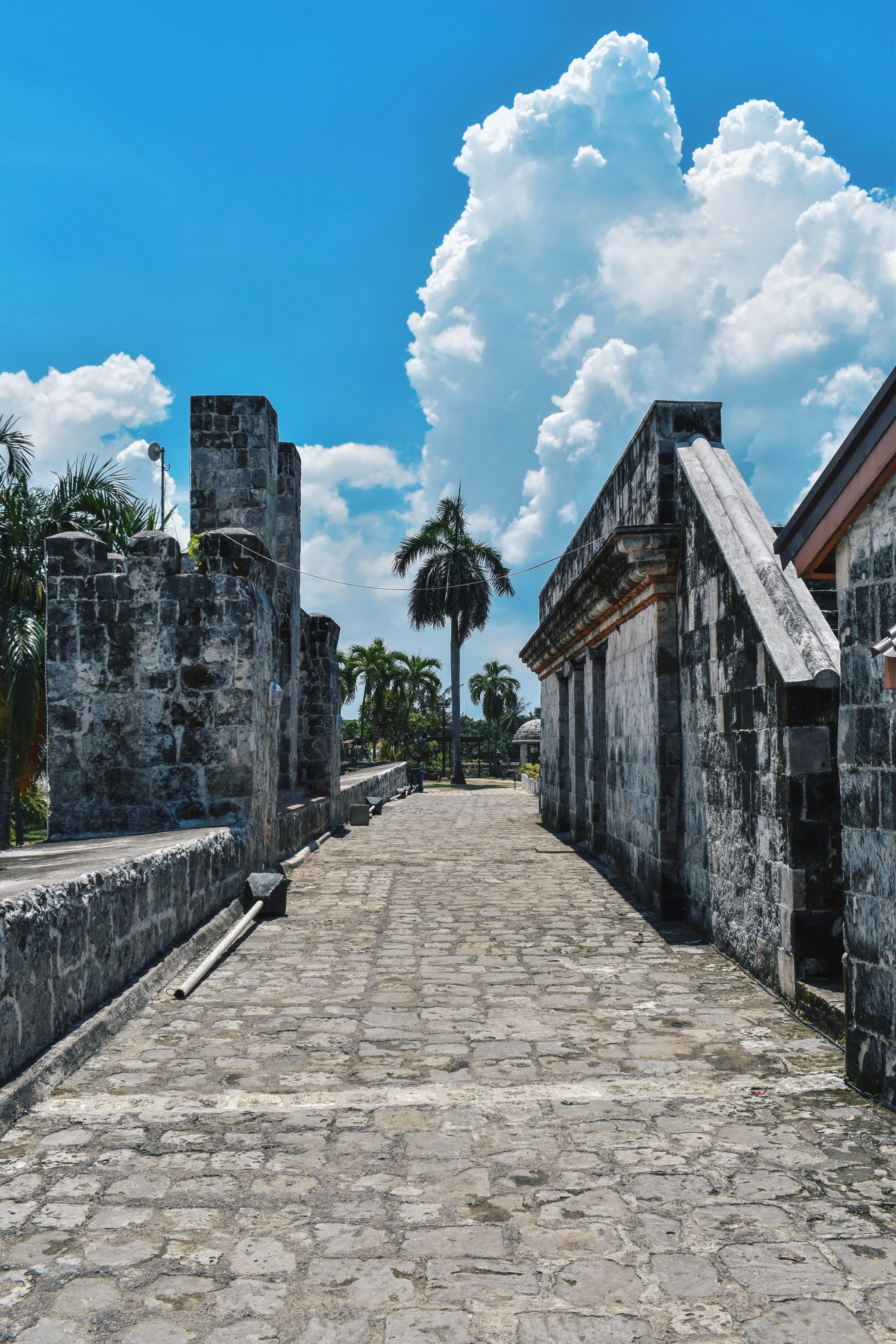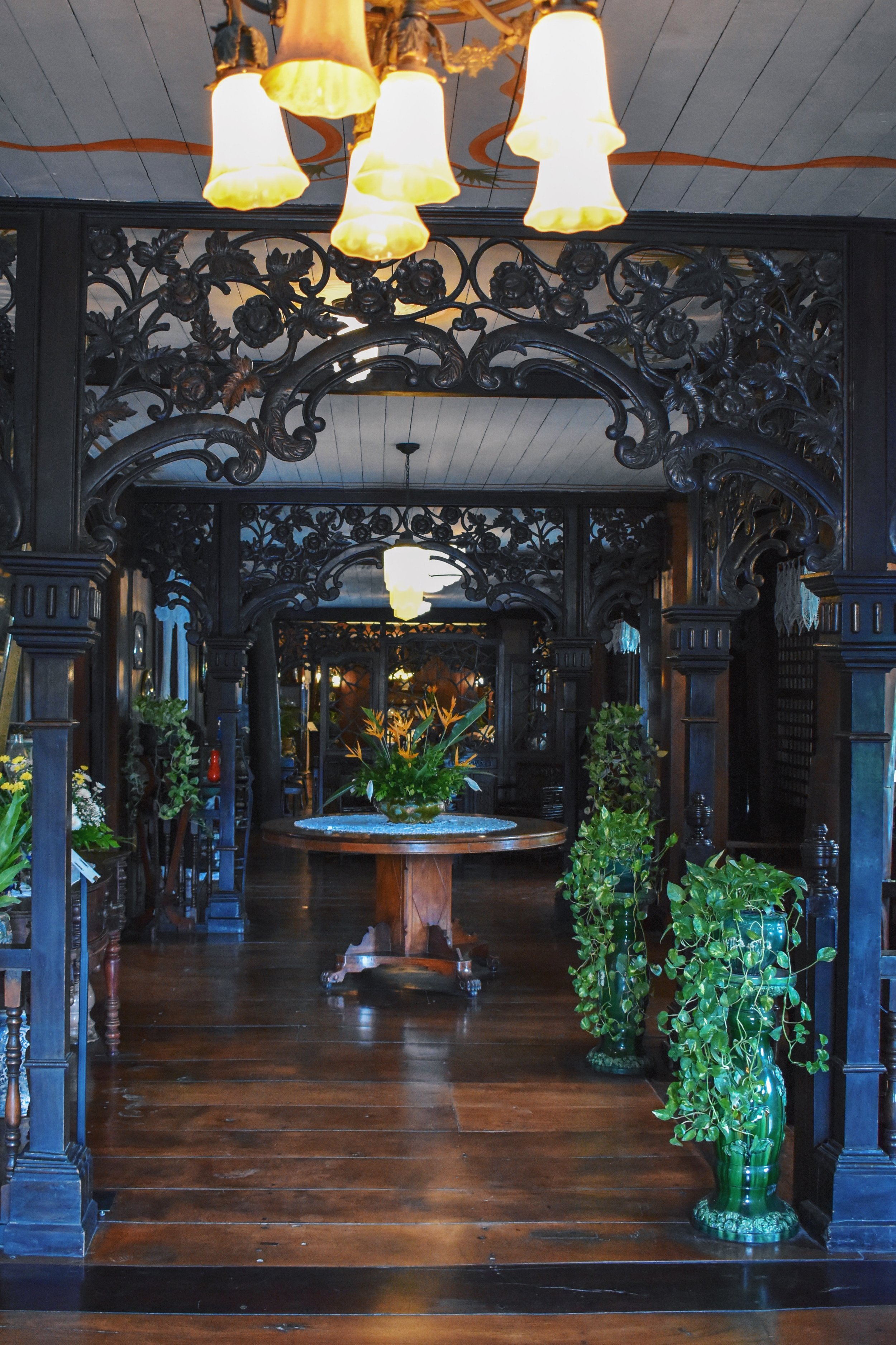Travel Guide: Exploring Cebu City— What to See & Do and Essential Information
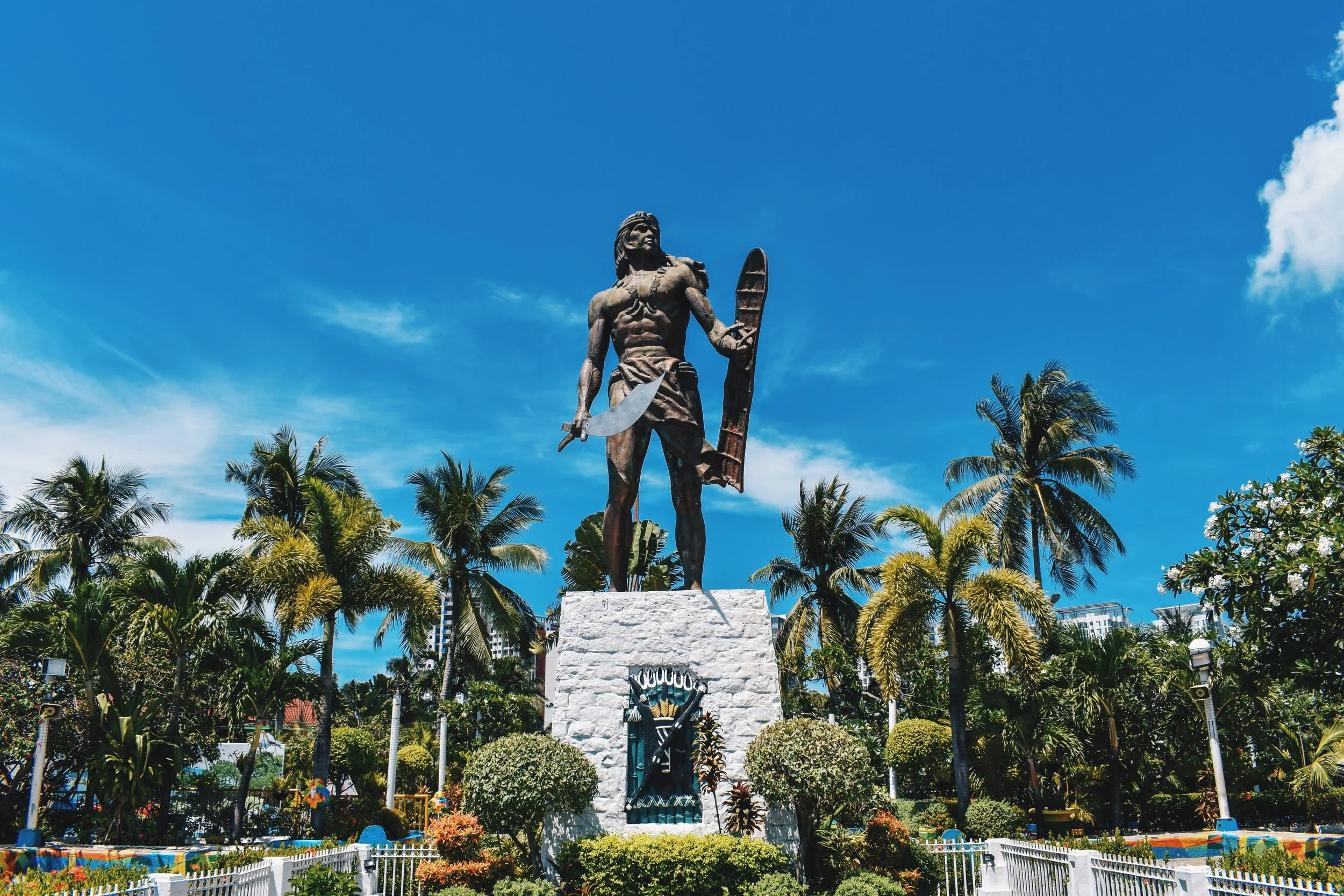
Cebu City, also known as The Philippines' Queen City of the South is one of the most important cities in The Philippines alongside the capital city of Manila, and is one of the biggest ports for foreign travellers heading to other destinations in the country.
During my short time in Cebu, I managed to explore some of the city's historic downtown, which some say is reminiscent of some other Latin American cities. The bigger island itself is by no means the most beautiful in the country, and often faces the same problems with congestion Manila does, making getting in and out of Cebu City a hassle.
Locals see Cebu City as one of the many cities on the island of Cebu, and most well-heeled travellers will be making a beeline from Mactan-Cebu Airport to the resort island of Mactan, where many hotels and resorts occupy this little island, complete with beaches private to the accompanying resorts.
We stayed at Mövenpick Cebu which was situated next to The Shangri-La, which was a pretty neat little resort.
At first, I'd planned to do an island hopping tour, which ended up being way over budget (mostly due to the fact it was through the Mövenpick after all), and quite a fair bit more expensive than what I paid a month ago in Flores Island, Indonesia, and Ko Samui, Thailand. Granted, I'd done extensive research and planning for Flores and thus managed to land quite incredible experiences for what I paid, but the latter trips in Ko Samui were booked with a fairly expensive resort too but was half the price of what I'd pay in The Philippines.
So hell, I decided that I'd honestly done enough island hopping for two whole summers, and coupled with the fact I'd arrived in The Philippines at the start of the rainy season (it starts in June) without knowing, I quickly scrapped those plans in favour of a historic city tour.
There are a few ways of doing this, including going on a guided tour with a driver (again, I could've done this with Mövenpick, but it was also too expensive), or taking a taxi in and out of the city.
Thankfully, our resort came with a free daily shuttle service to Ayala Mall, a cavernous mall with levels and levels of international and regional brands, so we opted for that option.
The distance from Mactan Island to Cebu City itself isn't actually that far, but traffic can come to a standstill during rush hours, dragging the travel time to an hour in the morning, and one and a half to two hours coming back in the evening, but the latter was also because there was a truck that broke down in the middle of the road, meaning traffic marshallers had to intervene, causing even more of a traffic jam. Still, Cebu City is not the place you'd want to be if you're in a rush.
I'll be listing down the attractions of Cebu City in order of a smooth itinerary, so you can follow this list front to back or back to front for smooth travel. Once we started our self-guided city tour at Fort San Pedro, we walked everywhere, and only required transport to and from Ayala Mall (we took cabs and insisted on using meters). Mövenpick also isn't the only hotel or resort to drop off guests using a shuttle service at Ayala Mall, and the taxi ride took about half an hour.
1. Fort San Pedro (Fuerza de San Pedro)
A military outpost from Spanish colonial times, and briefly taken over by the Japanese during war and converted into a hospital, Fort San Pedro is a triangular fort and has become a little museum, containing historical artefacts from Cebu.
A ₱20 / US$0.40 / €0.30 / S$0.50 entry fee gets you a guided tour by a local. If I'm being honest though, it felt like our guide was just going through the motions, and when I tried to ask questions beyond her rehearsed speech, she didn't know quite what to answer. But I'll chalk that down to luck with who you get, and at the end of the day, a respectful, cheerful and friendly tour guide in a site you've never been to before is still what you paid for, so it was all good.
The fort itself wasn't all that big, and we walked all around it in under an hour.
2. Magellan's Cross
A marker of European Spanish (and Portuguese) religious influence in the country, the Magellan's Cross is a cross housed in an octagonal shelter painted with religious colourful murals on the walls above.
It's said to be planted by explorers who converted the first inhabitants to Christianity.
3. Basilica Minore del Santo Niño
This large church across from Magellan's Cross is a beautiful and large site of worship dedicated to the statue of Santo Niño (Holy Child), supposedly the oldest religious relic in The Philippines, with its roots tracing all the way back to the 1500s when the Spanish first arrived and colonised the country.
The church is nice for a walk around the corridors and into the beautiful courtyards, and many devotees come in at all times of day and sit amongst the lines of pews.
I've been to tons of churches in Spain and Portugal, but a church this grand in the tropical heat was an interesting experience, and this must be where people make the connection with some Latin American cities.
Up ahead is Colon Street, a walking street with lined with many shops and even a Starbucks, and by night becomes a bustling market.
4. Yap-Sandiego Ancestral House
A historic residence that has been preserved and open to visitors for a fee of ₱50 / US$0.95 / €0.80 / S$1.30, Yap-Sandiego is a living example of the community's Chinese-Filipino mix.
Our guide was quite a lot better and a lot more enthusiastic, and able to answer a lot more questions that I had.
The house featured many, many intricate hand-carved wooden furniture, as our guide regaled tales of the house and the furniture, art and garden it contained.
Despite it supposedly being an actual residence after visiting hours, the house still felt very much like a museum and surreal, and offers a glimpse into what Cebuano life must have been like for some of the local community.
5. Casa Gorordo
Minutes away from Yap-Sandiego Ancestral House is Casa Gorordo, an air-conditioned museum of two levels, a former residence explaining houses in Cebu.
This was quite a bit more like the museums most of us are used to in other countries, with sit down close curtain video presentations and changing digital screens showing the rate of progress Cebu went through, from the 1300s when the Chinese arrived to the 1500s when the Spanish did, to Cebu in the 2000s.
This museum focuses on the traditional house of Cebu, which started off as huts and eventually evolved into wooden colonial houses with several levels which indicated opulence of a Cebuano Family residing in them.
Upstairs features a beautifully kept former residence of the Gorordo family, and I had a guided tour here too, though for what you get to see (which was by far the most impressive out of everything else I saw, perhaps due to the size and the presentation of the museum, and the air conditioning of course), you do pay a bit more than the others, ₱120 / US$2.25 / €0.1.90 / S$3.05 to be exact.
6. Lapu-Lapu Monument (Mactan Island)
On your way back to Mactan Island (if you are residing there), stop by Lapu-Lapu Monument, a monument of historic importance to the locals.
Lapu-Lapu was a local hero who fought and defeated Ferdinand Magellan and his men back in 1521, and is regarded as one of the first local heroes of The Philippines.
There are a number of tourist shops selling all kinds of trinkets lining a street in front of the monument within the compound, which you can stop by to pick up a souvenir should you so desire.
Some online publications mention that you can walk to the Shangri-La from here and you'll be free to roam the compounds even as a non-guest, but security is tight in Mactan Island (and Cebu City) in general, so if it was before, this is no longer the case, though you're free to walk in to enquire. Still, we were only confined to the lobby, and had to go through two security checks to get to the lobby, and were not allowed to be around the pool and beach areas, which were stunning, but only for guests to access.
Of course, Cebu Island offers far more than just this, including whale sharks in Oslob (animal tourism still gets me a little... hmm, but do it sustainably if you're going to engage in said activities), the views from Osmeña Peak, the number of islands around with powdery white sand and clear azure blue waters, flower gardens in Sirao Garden etc. but this would've been better explored by car, and renting a car will be the best way to see the entire of Cebu Island beyond the historic and storied Cebu City.
